Sand Martin
Posted: Sat Mar 15, 2014 10:25 pm
532. Sand Martin Riparia riparia (Europese Oewerswael)
Order: Passeriformes. Family: Hirundinidae
Description
Length 11-12 cm. Wingspan 25-29 cm. Weight 10-19.5 g. Brown or greyish-brown back and and a slightly darker tail and wings , white belly with brown breast-band and white throat. Tail is shallow forked. Bill and legs are blackish-brown. Sexes similar.
Juveniles have a buffy or cream wash on the belly, a reddish-brown to buffy wash on the face, neck, chin and breast, and pale edges on the feathers of the upperparts.
Distribution
Its breeding grounds are in North America and Eurasia, moving south in the non-breeding season to South America, the Far East and sub-Saharan Africa. Here it is locally common from west to east Africa down to southern Africa but absent from much of the lowland equatorial forests of the DRC and the Congo. In southern Africa it is widely distributed but scarce, most common in the Caprivi Strip, Namibia and northern Botswana, but also occurring in Zimbabwe, Namibia and the eastern half of South Africa, rarely recorded in the Western Cape.
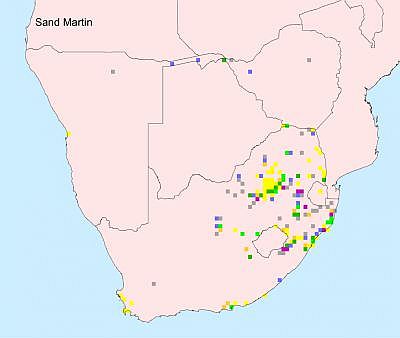
Habitat
Invariably over freshwater lakes, ponds and slow moving rivers where it hawks for insects.
Movements and migrations
Intercontinental migrant, arriving in southern Africa mainly in October extending into December, departing around March-April.
Diet
It eats flying insects, foraging close to vegetation or the water surface, sometimes in flocks with other swallows
Breeding
Breeds colonially in vertical sandy or earth banks, e.g. in gravel-pits and river banks, where nest is excavated (often a good metre horizontally into the earth). The nest burrow is built by both parents; the chamber being lined with plant material and feathers. The eggs are white, and shiny. Incubation and care of the young is carried out by both parents.
Call
The Sand Martin has a harsh, twittering song, and its calls have been described as a dry drrt, a harsh tschr and a short brrit. Listen to Bird Call.
Status
Summer visitor.
Order: Passeriformes. Family: Hirundinidae
Description
Length 11-12 cm. Wingspan 25-29 cm. Weight 10-19.5 g. Brown or greyish-brown back and and a slightly darker tail and wings , white belly with brown breast-band and white throat. Tail is shallow forked. Bill and legs are blackish-brown. Sexes similar.
Juveniles have a buffy or cream wash on the belly, a reddish-brown to buffy wash on the face, neck, chin and breast, and pale edges on the feathers of the upperparts.
Distribution
Its breeding grounds are in North America and Eurasia, moving south in the non-breeding season to South America, the Far East and sub-Saharan Africa. Here it is locally common from west to east Africa down to southern Africa but absent from much of the lowland equatorial forests of the DRC and the Congo. In southern Africa it is widely distributed but scarce, most common in the Caprivi Strip, Namibia and northern Botswana, but also occurring in Zimbabwe, Namibia and the eastern half of South Africa, rarely recorded in the Western Cape.

Habitat
Invariably over freshwater lakes, ponds and slow moving rivers where it hawks for insects.
Movements and migrations
Intercontinental migrant, arriving in southern Africa mainly in October extending into December, departing around March-April.
Diet
It eats flying insects, foraging close to vegetation or the water surface, sometimes in flocks with other swallows
Breeding
Breeds colonially in vertical sandy or earth banks, e.g. in gravel-pits and river banks, where nest is excavated (often a good metre horizontally into the earth). The nest burrow is built by both parents; the chamber being lined with plant material and feathers. The eggs are white, and shiny. Incubation and care of the young is carried out by both parents.
Call
The Sand Martin has a harsh, twittering song, and its calls have been described as a dry drrt, a harsh tschr and a short brrit. Listen to Bird Call.
Status
Summer visitor.
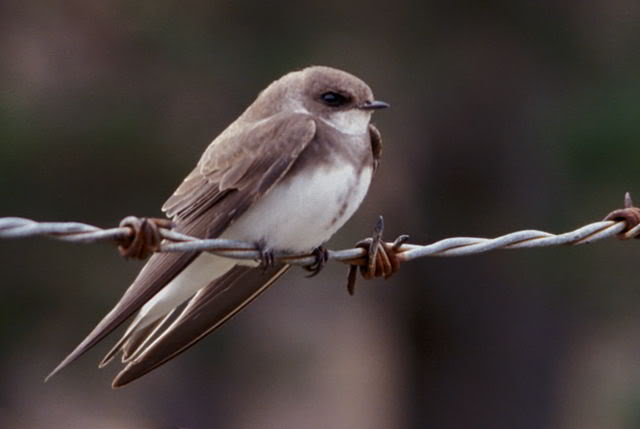

 © Amoli
© Amoli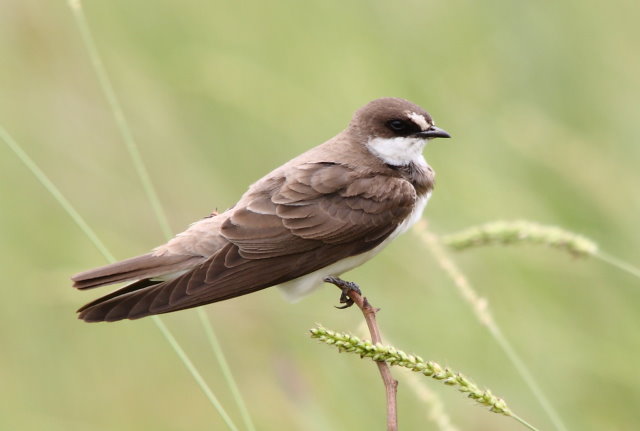 © Flutterby
© Flutterby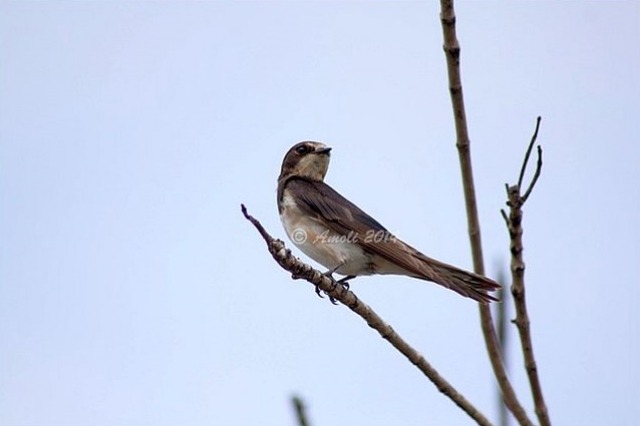 © Amoli
© Amoli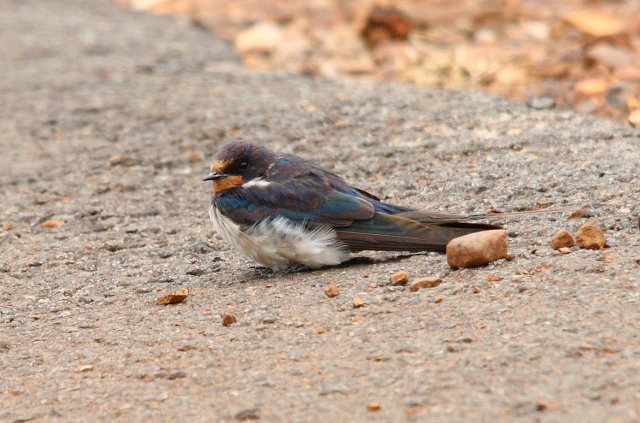
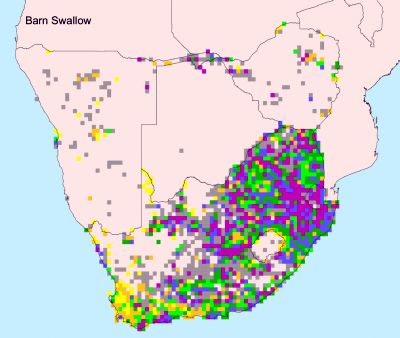
 © nan
© nan © Pumbaa
© Pumbaa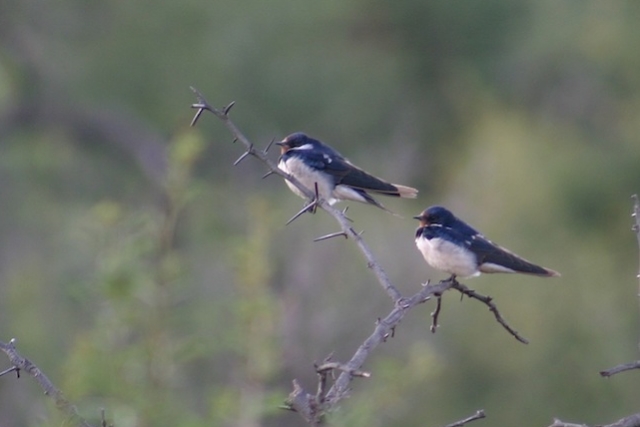 © ExFmem
© ExFmem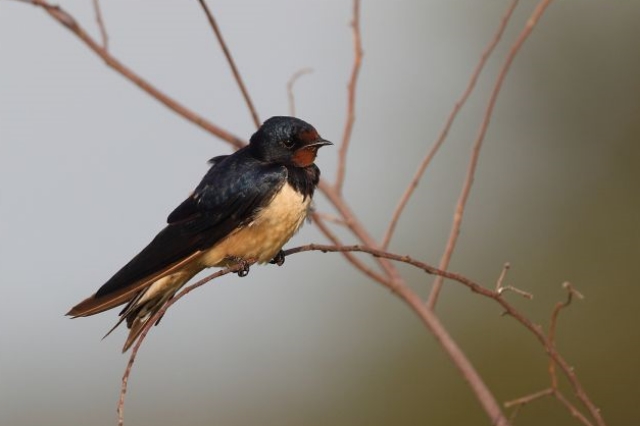 © Duke
© Duke In moult © leachy
In moult © leachy  © Flutterby
© Flutterby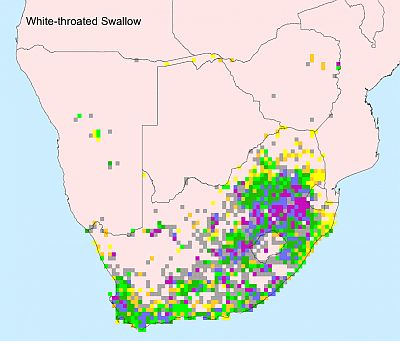
 © Peter Connan
© Peter Connan © Joan
© Joan © Amoli
© Amoli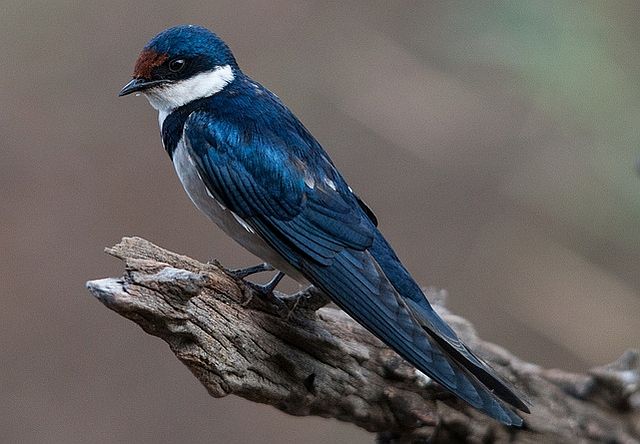 © steamtrainfan
© steamtrainfan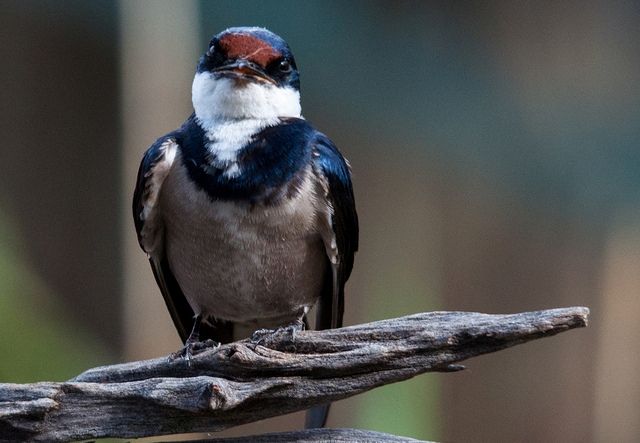 © steamtrainfan
© steamtrainfan © steamtrainfan
© steamtrainfan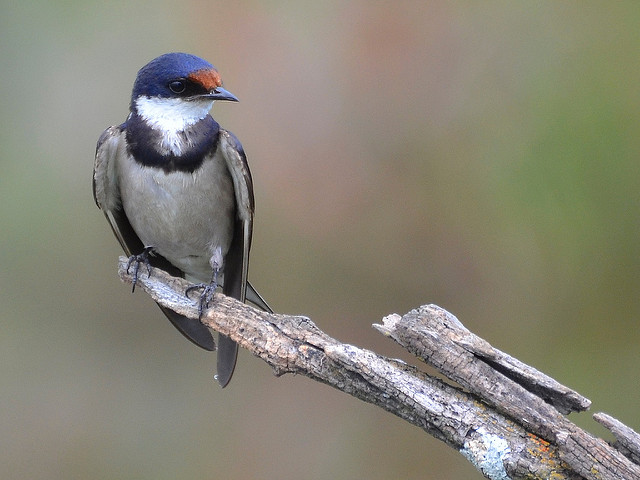 © Grumpy
© Grumpy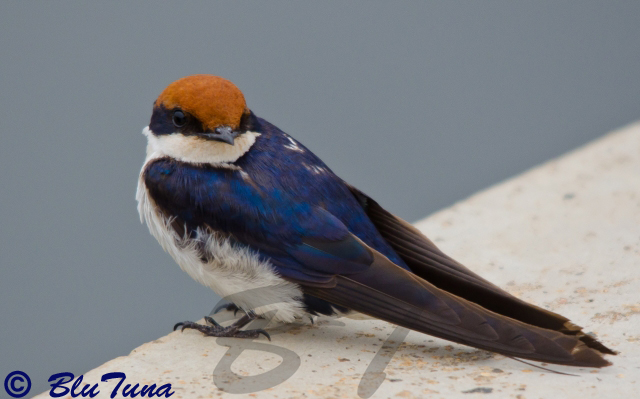 © BluTuna
© BluTuna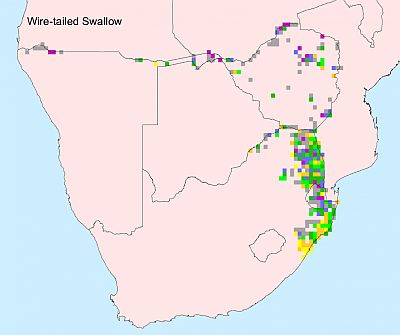
 © pooky
© pooky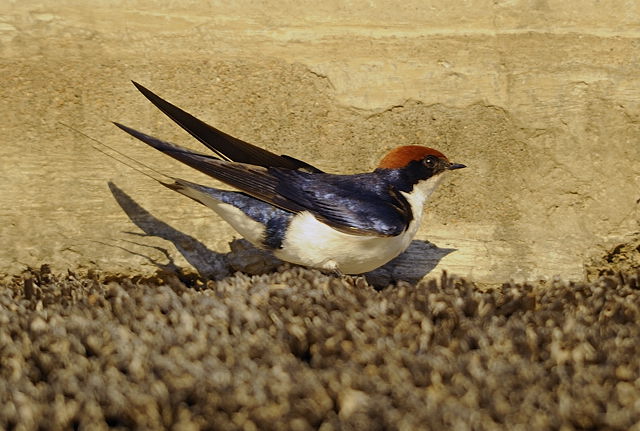 © Dewi
© Dewi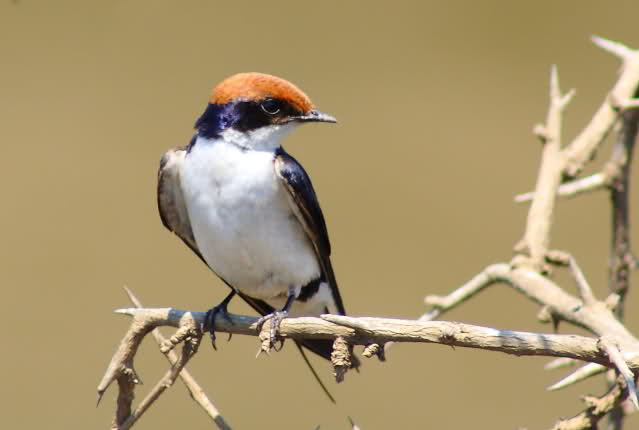 © Flutterby
© Flutterby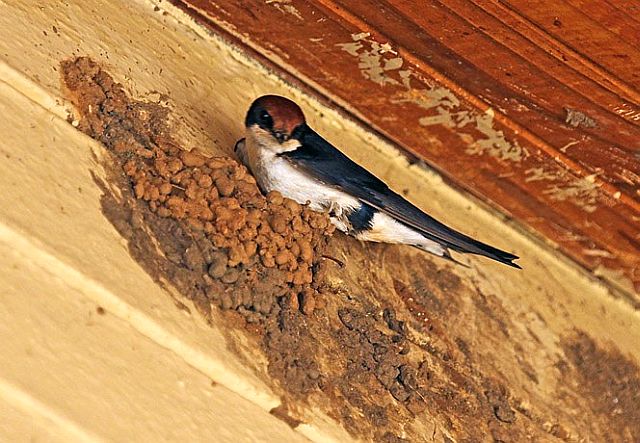 © leachy
© leachy